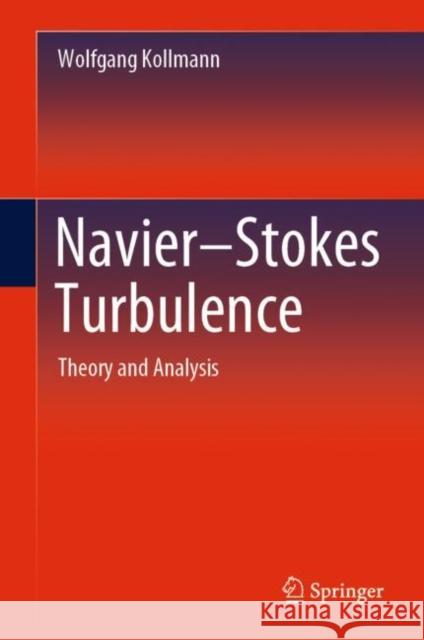Navier-Stokes Turbulence: Theory and Analysis » książka
topmenu
Navier-Stokes Turbulence: Theory and Analysis
ISBN-13: 9783030318680 / Angielski / Twarda / 2019 / 725 str.
Navier-Stokes Turbulence: Theory and Analysis
ISBN-13: 9783030318680 / Angielski / Twarda / 2019 / 725 str.
cena 389,09 zł
(netto: 370,56 VAT: 5%)
Najniższa cena z 30 dni: 385,52 zł
(netto: 370,56 VAT: 5%)
Najniższa cena z 30 dni: 385,52 zł
Termin realizacji zamówienia:
ok. 20 dni roboczych.
ok. 20 dni roboczych.
Darmowa dostawa!
Kategorie BISAC:
Wydawca:
Springer
Język:
Angielski
ISBN-13:
9783030318680
Rok wydania:
2019
Dostępne języki:
Ilość stron:
725
Oprawa:
Twarda
Dodatkowe informacje:
Bibliografia











